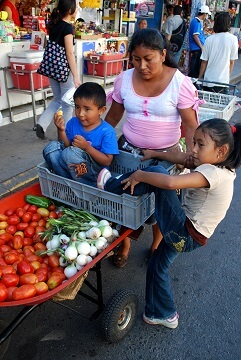
In this economy where population grows much faster than job creation, many choose to make the hazardous journey to the United States. The statistics are gross estimates but as parameters they suggest the enormity of the problem. Somewhere between one-quarter and one-third of all Salvadorans live abroad—mostly in the United States. Although more women are traveling north now, still the majority have been men. So many of the households among the urban poor and rural areas have no male head of household.
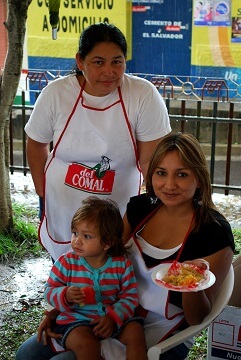
The immigrants from La Palma have gravitated either to St. Paul, Minnesota, or Boston, Massachusetts. Many are former neighbors from the village, crowded into a single house or apartment to pool their resources since employment is neither steady nor well-paid.
Transportation and a guide for the journey (known as a "coyote") can cost as much as seven thousand dollars, paid for by a loan against a family plot with the lender charging 5% per month. The pressure mounts when you have literally bet the farm.
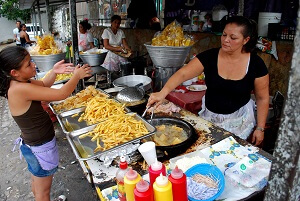
The Flores-Dubon sisters—Aracela, Isabel and Carmen—paint wooden crafts. A fourth sister went to the U.S. two years ago. Frequently unemployed in St. Paul, she sat in a crowded house and told of floating up the Rio Grande River on an inner tube. Recently her fourteen year old son died of leukemia, and she could not attend his funeral.
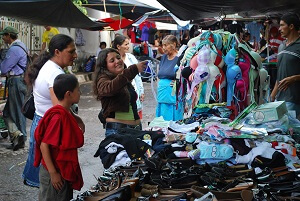
The amount of money sent home to families reached a high in 2007 of over three billion dollars, but fell by one-third in the recession. Such a large-scale influx of unearned income drives up the price of food and land in El Salvador. The dollars sent back home are essential to keep the population above absolute destitution.

Basic office supplies such as staplers are cheaper in the U.S. than they are in El Salvador. The average wage for a day laborer is six dollars (and in Guatemala and Honduras, it is half that). Years ago, the Bush administration secured the CAFTA Treaty (Central America Free Trade Agreement), which was to open up greater access to Central American markets for U.S. products and vice versa.
Today, though, the price of agriculture and goods remains shockingly high.
 meat is sold in the open air like most other goods
meat is sold in the open air like most other goods
 storefront in La Palma
storefront in La Palma
 folkloric dances in traditional dress
folkloric dances in traditional dress
 washing & cooking done away from the house
washing & cooking done away from the house
 Aresela, a partner of crafts, holds her grandson
Aresela, a partner of crafts, holds her grandson
 the standard passenger pick-up truck
the standard passenger pick-up truck

the normal way for women to carry items

Eric celebrates his graduation by sharing a small cake with a large family
 the family of Eric, the graduate, shares a joke
the family of Eric, the graduate, shares a joke

surrounded by flowers, a barrel collects rain water for wash day
 Zorra reflects back on life in La Palma
Zorra reflects back on life in La Palma

farmers gather in town on a Sunday

Eufemia illustrates her comment:

"If you don't work the sweat of your brow,

then you can't expect to eat."
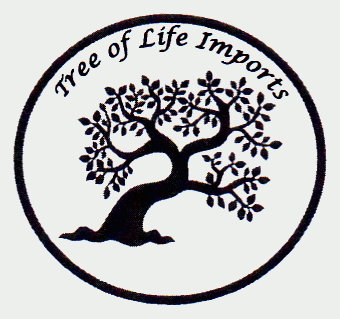
 Wooden
Wooden Woven
Woven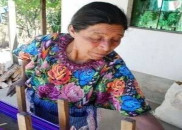 Beaded
Beaded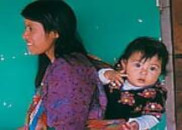 About
About